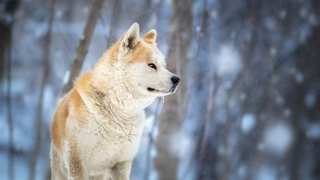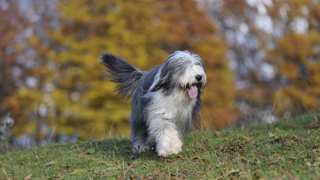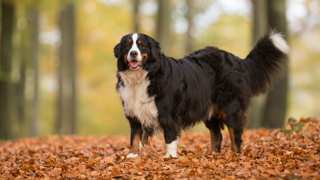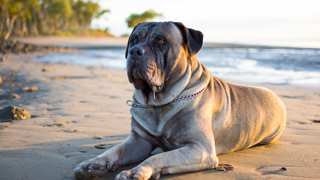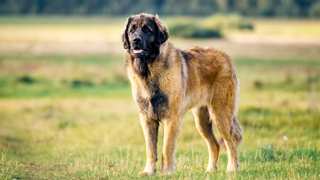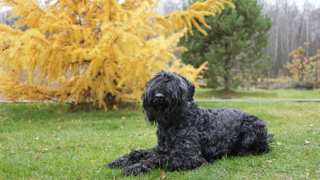Does your Newfoundland dog smell bad? If so, it's probably time to give the dog a bath. Unfortunately, though, bathing a Newfoundland is a pretty time-consuming process. These dogs' thick coats take a lot of lathering and rinsing, and drying the coat takes quite a while--plus, this breed's size means there's simply a lot of dog to clean!
Newfies that spend a lot of time indoors will only need baths every couple of months--but if the dog is more of the outdoorsy type, it'll probably get dirty more quickly, in which case a bath every 3-4 weeks is good.
With Newfoundland bathing, it's important to use canine shampoo, as the kind made for humans can irritate a dog's skin. The best shampoo for Newfoundland dogs, according to many owners, is actually a 2-in-1 shampoo/conditioner combo. These combo shampoos, the owners say, help keep the thick coats mat- and tangle-free when combined with regular brushing.
How to bathe a Newfoundland: using an indoor bathtub with a spray nozzle attachment is best, but an outdoor kiddie pool and a garden hose will work too. First give the dog a thorough brushing, then wet the entire coat down to the skin. Apply a generous amount of shampoo to the dog's back, then lather well; be sure to work the soap into the coat with your hands. Start on the back, then work downward. (And don't forget the legs, underbelly, and tail!) Wash the face, head, and ears with a washcloth. Rinse the coat completely, which may take more than one pass! (It'll be good to have a spray nozzle which you can put right next to the coat for this part.) Once the water runs clear, towel-dry the dog and lead him out of the tub.
Drying is next. It's important to dry your Newfie's coat completely to avoid any doggy odor, and to minimize tangles. Using a high-velocity dryer is recommended, but a regular hair dryer will suffice--the problem is, the hair dryer needs to be on its lowest heat setting to avoid burning the dog's skin, which means the drying will take forever! Whatever your method: Dry the coat section by section, brushing with a pin brush as you go to speed up the process--and the drying will still take up to 30 minutes or more.
Finish with a final brush-through to make the coat look neat and clean.

